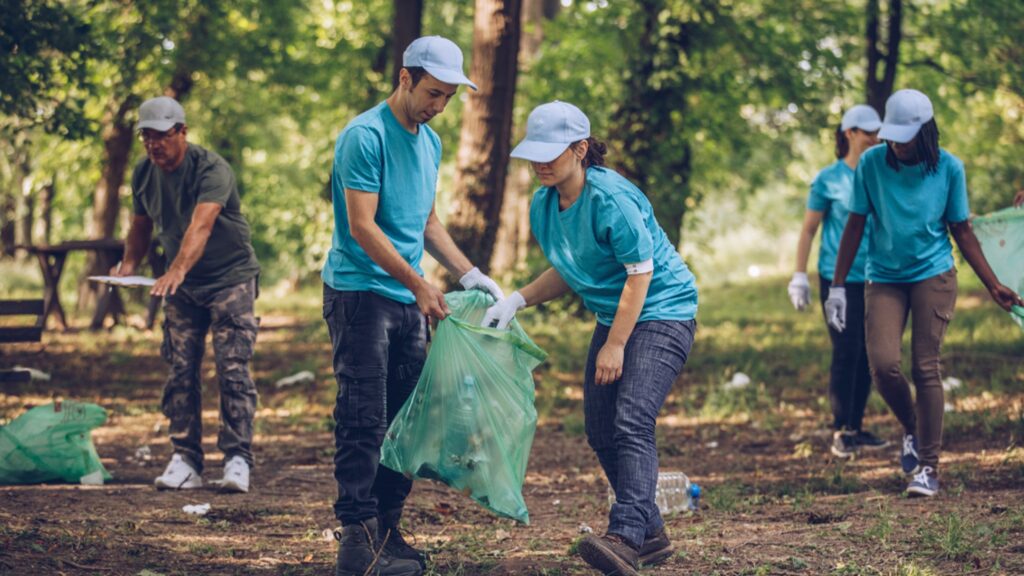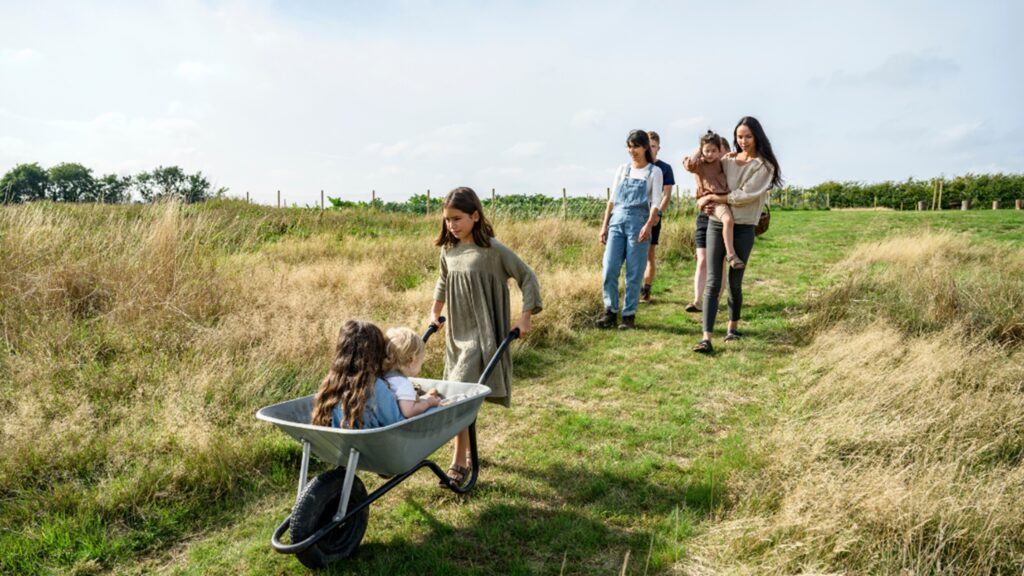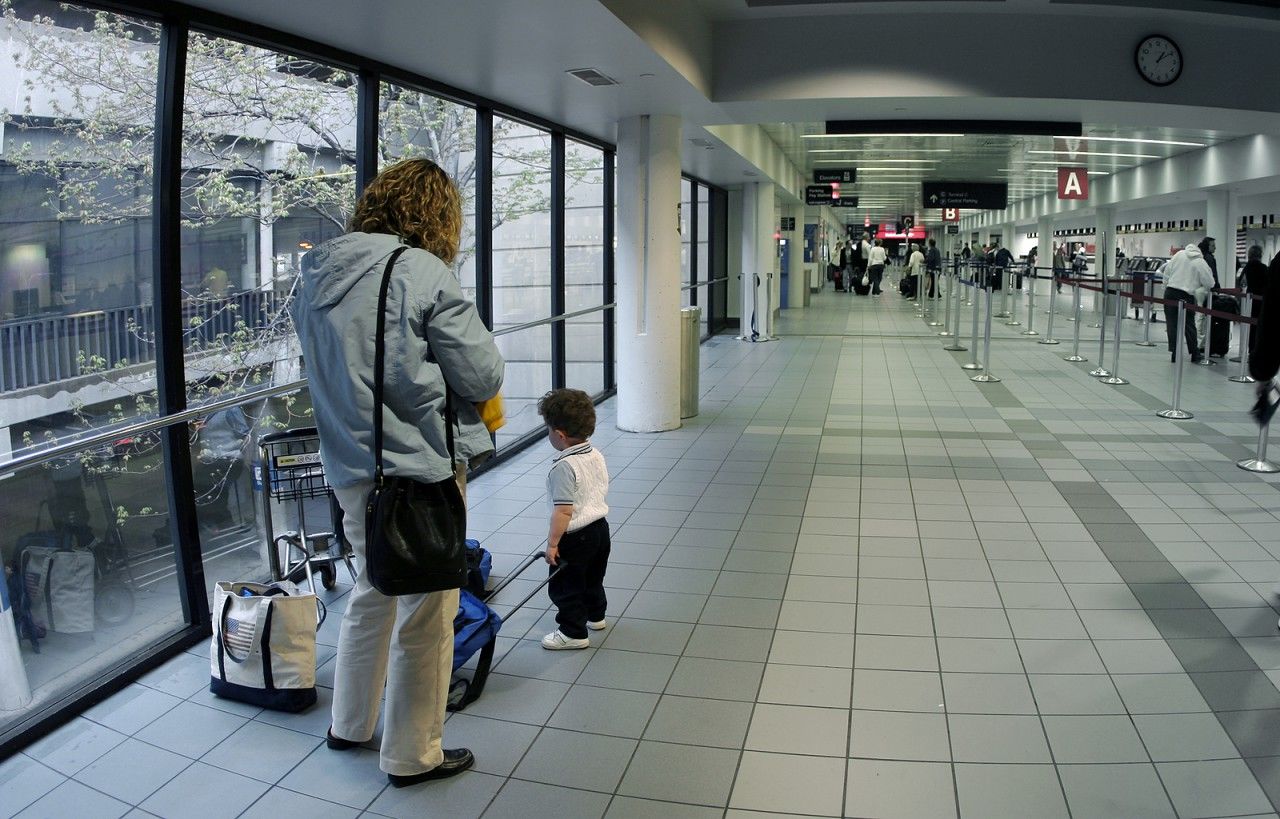
Short term mission trips have exploded in popularity over the last 20 years. Many churches and organizations send groups of people to a different country to complete a specific task. These trips can last anywhere from a few days to a few weeks.
The purpose of these trips is often to make a positive impact in a place with needs. But, oftentimes the people traveling to help others return more blessed than the people they went to help. How can you ensure your next short-term trip is successful?
About Short-Term Trips
A study completed by Baylor University in 2011 found that more than two million people took short-term mission trips for an average of eight days. The cost? About $2.5 billion a year. If we fast forward and include non-mission short term trips, the amount today would be closer to $4 billion.
That’s a large amount of money. Since this money is being used to help and serve others, it’s important this money is used wisely. An incredible amount of good has been done through these efforts. However, unintended harm has also come.
If you are planning a short-term trip for your youth group, community, or school, there are several things you can do to help ensure your trip accomplishes the good that was intended. Here are five tips to keep in mind before you embark on your next adventure.
1. Concentrate on Useful Projects

People going on the short-term trip usually mean well, but they don’t always plan adequately. Often this is a failure in research and cultural sensitivity. We must take a humble approach and avoid bringing our own agendas with us.
Don’t waste anyone’s time and effort on projects that may never be used. Many stories are told of construction projects that were completed by people taking a short-term trip but then never used.
For example, if a team comes in and builds a house for someone made to fit their own ideas of how houses should be laid out, not in line with culturally accepted standards in the host country, that house may never be used. Or perhaps the ditch you dig isn’t really necessary.
Simply because someone asks for something you can afford to give doesn’t always mean it’s a good idea to give it to them. Or just because your church organization thinks it’s a good idea to do something, doesn’t mean it will help the locals.
The best approach is to work with someone locally and have them assess the needs. You can consult with the local leaders for the project, and then strategize together to determine the most effective ways to help.
Don’t do things for the locals that they can do themselves. Instead of repairing and painting a house, why not employ local people with those skills and have them complete the work? This way, they will feel a sense of accomplishment and also benefit from the wages.
2. Instill Long-Term Vision for Short-Term Tasks
As Simon Sinek says, it’s crucial that we start with the why. Do we spend thousands of dollars and days of our time just to fulfill a temporary need? Or do we take these short-term trips so volunteers can feel they have a purpose to their lives?
Giving to others in need feels good and can give us a sense of purpose. Some people even seek that good feeling as an end in itself. But, what is the bigger picture for why you do what you do?
One way to have a long-term vision is to go narrow but deep, rather than wide. Select one or two countries in which you want to invest your volunteer resources and then return to those sites yearly. Keep track of progress in that country and community.
Another strategy is to work closely with a long-term team. Find workers who live in the area. They can give you insight into the culture and also help your project make a long-term impact.
A final way is to focus on sustainable projects that will not just meet a temporary need but help the locals for many years to come. Teach a useful skill or focus on educating people, so they can better their family’s situation.
3. Plan for reproducibility

Some Westerners think that money fixes everything. If people are poor, it’s because they don’t work hard enough. But the truth is much more complicated than that.
In many places, people don’t believe it’s possible or don’t know how to make life better for themselves. In our rush to equalize the amount of stuff, Americans often don’t consider the vast amount of knowledge, skills and opportunities that we have.
When planning short term projects, fancier is often more harmful. The best short-term programs are ones the local community can afford to sustain themselves after we are gone. In order to do this, we must plan projects that are culturally reproducible. Only use materials and methods that the locals understand and to which they have access.
Avoid projects that require expensive machinery to either build or function. If the product breaks, it will no longer be able to be used or repaired. For example, it would be wise to avoid constructing a state-of-the-art gym with fancy equipment in a place with no access to replace or fix the equipment.
4. Avoid taking unnecessary risks
Foreign travel is a risky business. This is especially the case on many of these mission trips as they often take place in more remote places without high-quality medical care.
The government of the United States doesn’t have jurisdiction outside our borders. Americans know this, but don’t often think about what it means. If you need medical evacuation to return home, neither the State Department nor the agency who made travel arrangements can pay for it. Although there is no way to eliminate all of the risks, a wise planner takes them into account.
We realize these trips are always run on a tight budget, but we believe it’s unwise and taking an unnecessary risk to travel without travel health insurance. For just a few dollars a day more, you can protect your team in the event something unfortunate happens.
Good Neighbor Insurance offers a variety of plans that can meet your team’s needs. Check out our short-term team plans to find the best plan for you.
Oftentimes, unnecessary risks can be avoided with basic planning.
5. Prepare and Debrief

The final tip for running a successful short-term trip is to properly prepare your team before the trip and then debrief them afterwards. Many people who are taking these trips have never been overseas before or have never been to that specific country.
It’s wise to adequately educate your team on the language, culture, project details, and some basic do’s and don’ts while abroad. We do not believe it’s not too much to ask to have someone who is willing to invest their time and money into the trip to join several training sessions. In our experience, preparation is often limited and inadequate.
After the trip is over, people usually return home without having had the chance to properly debrief. Holding a short session to talk about what they experienced and learned can be invaluable. It forces people to reflect on the different aspects of the trip, both good and bad. And it allows the team to hear other perspectives as to what happened.
By following these five tips, your next short term team trip has a much greater probability of being successful. This will both help your team have a positive experience and increase the probability that the locals will truly benefit from your efforts.
Many articles and books have been written with tips about how to have a successful short-term trip. If you want further information, we highly recommend the books, “When Helping Hurts” and “Toxic Charity”.
Good Neighbor Insurance has insured hundreds of teams for the last 27 plus years and have taken many trips ourselves. We have plans to cover both small teams and large teams, younger and older, and people traveling to just about any country.
Before you travel outside the U.S. make sure you grab one of our travel medical insurance plans by calling our agents at our toll-free number: 866.636.9100. You can also visit our website to find the best travel medical insurance plan for you.






